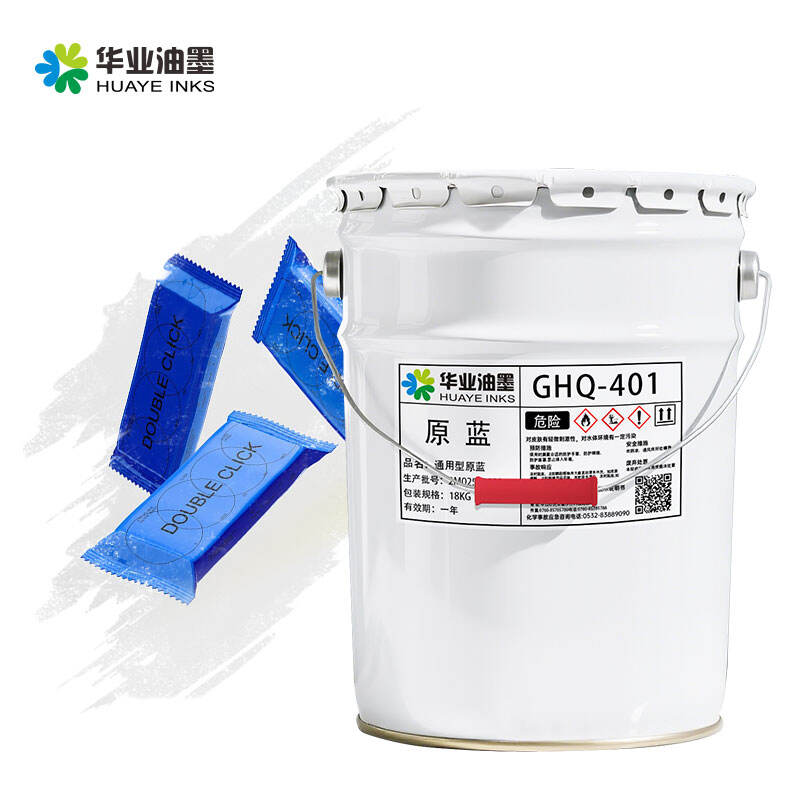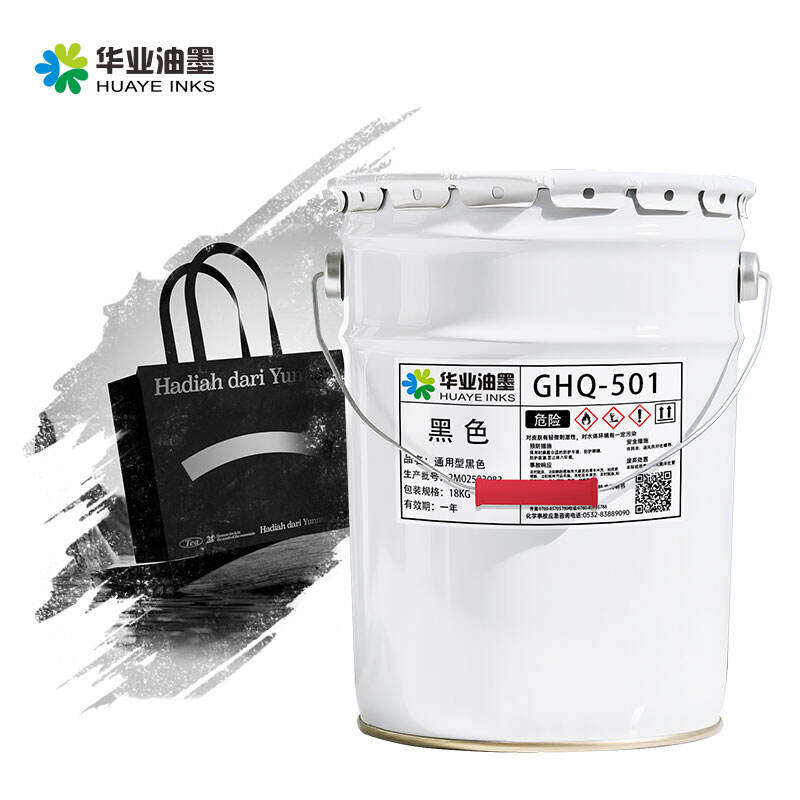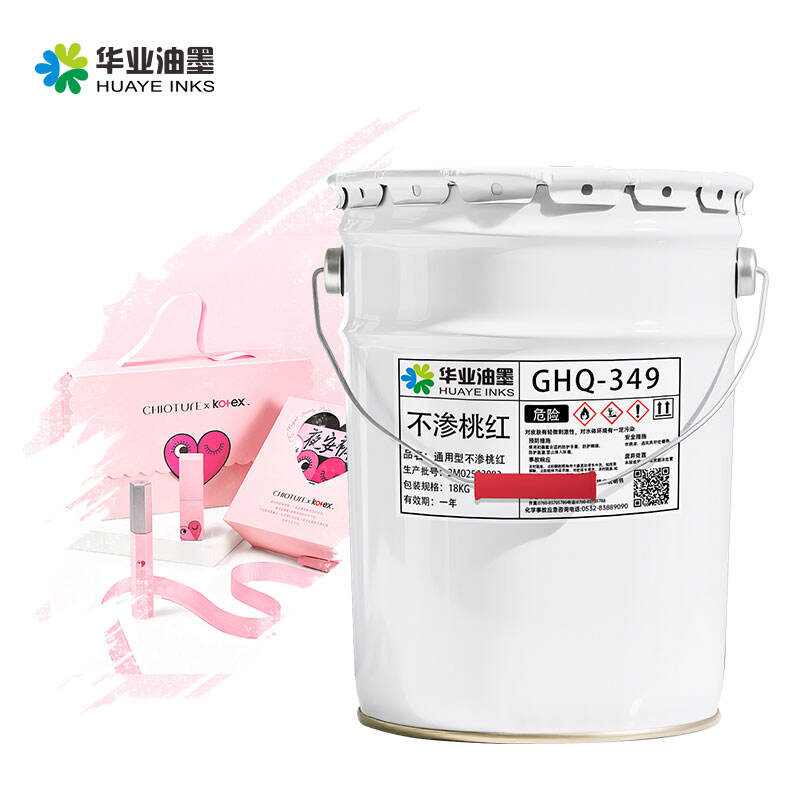Ул. Цзяцин, д. 2, промышленный парк Шачжай, Минчжун, город Чжуншань, провинция Гуандун
Растворительные чернила уже давно являются основным продуктом в печатной и лакокрасочной промышленности, известной своей универсальностью и высокими эксплуатационными характеристиками. По своей сути, растворительные чернила состоят из пигментов, диспергированных в растворителе, а также связующих веществ и других добавок. Растворители, используемые в этих чернилах, играют важную роль в определении их свойств и областей применения. Одним из главных преимуществ растворительных чернил является их отличная адгезия к широкому спектру материалов-основ. Растворители способствуют увлажнению поверхности таких материалов, как пластик, металл, стекло и синтетические ткани, позволяя чернилам эффективно соединяться. Это делает растворительные чернила идеальным выбором для применений, где требуются прочные и долговечные отпечатки, например, при маркировке продукции, производстве вывесок и печати на автомобильных компонентах. Растворительные чернила также обладают быстрым высыханием. Летучесть растворителей обеспечивает быстрое испарение, что особенно важно для высокоскоростных процессов печати. В условиях промышленной печати, где необходимо быстро напечатать большие объемы продукции, быстрое высыхание растворительных чернил значительно повышает эффективность производства. Кроме того, быстрое высыхание предотвращает растекание и смазывание цвета, в результате чего получаются четкие и ясные отпечатки. Цветовые характеристики растворительных чернил поразительны. Они могут воспроизводить яркие, насыщенные цвета с хорошей цветовой точностью. Пигменты, используемые в растворительных чернилах, тщательно подбираются и диспергируются для обеспечения стабильного цветового выхода, что делает их подходящими для применений, где визуальное воздействие имеет ключевое значение, например, в рекламных и промо-материалах. Однако у растворительных чернил есть некоторые экологические и безопасные аспекты. Растворители в традиционных растворительных чернилах могут выделять летучие органические соединения (ЛОС) в атмосферу, что способствует загрязнению воздуха и потенциально представляет риск для здоровья. В ответ на эти опасения, индустрия разрабатывает более экологически чистые формулы растворительных чернил, такие как чернила с низким содержанием ЛОС или без растворителя. Эти новые формулы направлены на сохранение эксплуатационных преимуществ растворительных чернил, одновременно снижая их воздействие на окружающую среду. Несмотря на вызовы, растворительные чернила продолжают развиваться и адаптироваться к изменяющимся потребностям печатной индустрии. С постоянными исследованиями и разработками растворительные чернила, как ожидается, останутся ключевым элементом различных печатных применений, предлагая баланс между эксплуатационными характеристиками, долговечностью и экологической ответственностью.


